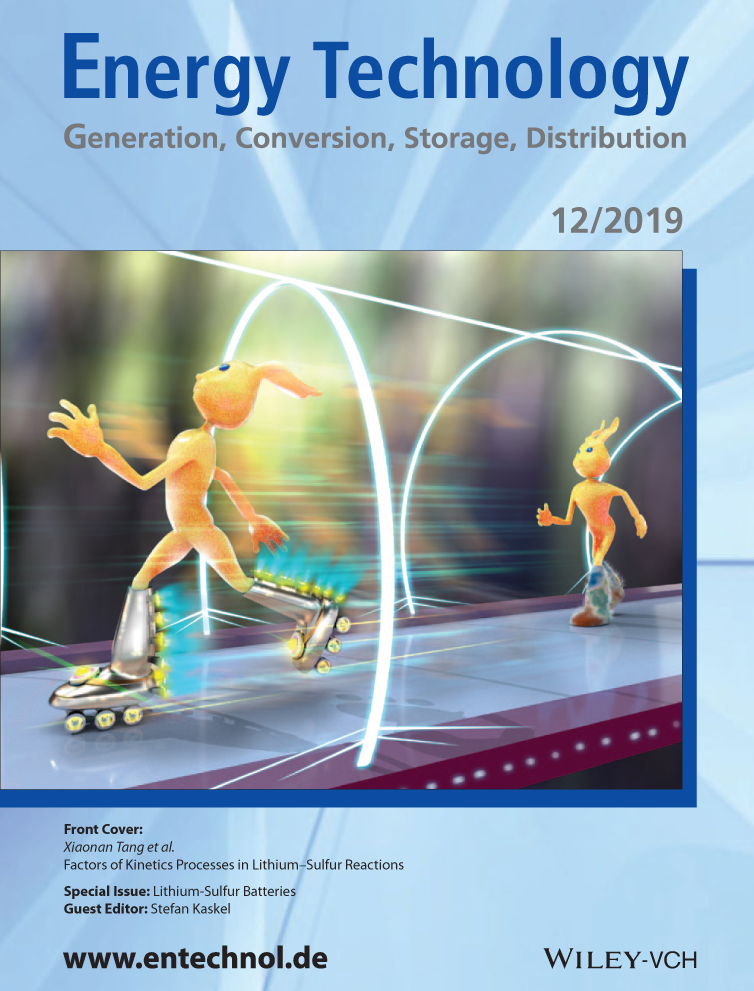Blocking Polysulfides in Graphene–Sulfur Cathodes of Lithium–Sulfur Batteries through Atomic Layer Deposition of Alumina
Abstract
A lithium–sulfur (Li–S) battery is one of the post-lithium-ion battery chemistry candidates due to the high theoretical capacity of the sulfur cathode (1672 mAh g−1). However, low electronic conductivity of sulfur and severe capacity fading during the charge–discharge process limit the commercial realization of Li–S batteries. The origin of capacity fading is mainly due to the polysulfide shuttling effect, resulting from the dissolution of sulfur in the electrolyte solution. Herein, atomic layer deposition (ALD) (6–8 Å thickness) of alumina is presented as a strategy to suppress capacity degradation on the 2D graphene–sulfur hybrid electrode. Low-temperature ALD prevents sulfur sublimation from the composite electrode. Despite the insulating property of alumina, atomic layer coating maintains good electrical conductivity, thereby yielding lower charge transfer resistance. Alumina-coated graphene–sulfur hybrid electrodes (AGS) exhibit a high specific capacity of 960 mAh g−1 at a current density of 50 mA g−1 and retain 519 mAh g−1 after 100 galvanostatic cycles. Superior electrochemical performance is credited to the combination of the high electronic conductivity of multilayered graphene platelets and low charge transfer resistance, resulting from effective polysulfide blocking by the atomic scale Al2O3 coating.
Conflict of Interest
The authors declare no conflict of interest.




